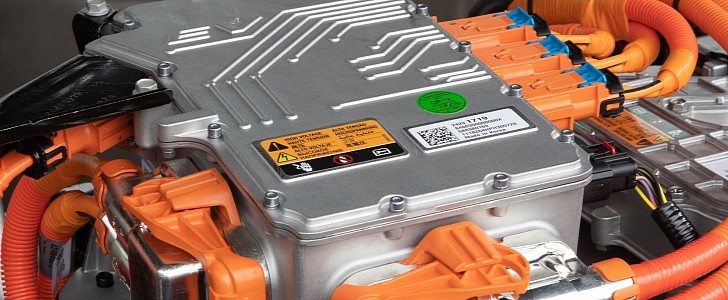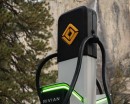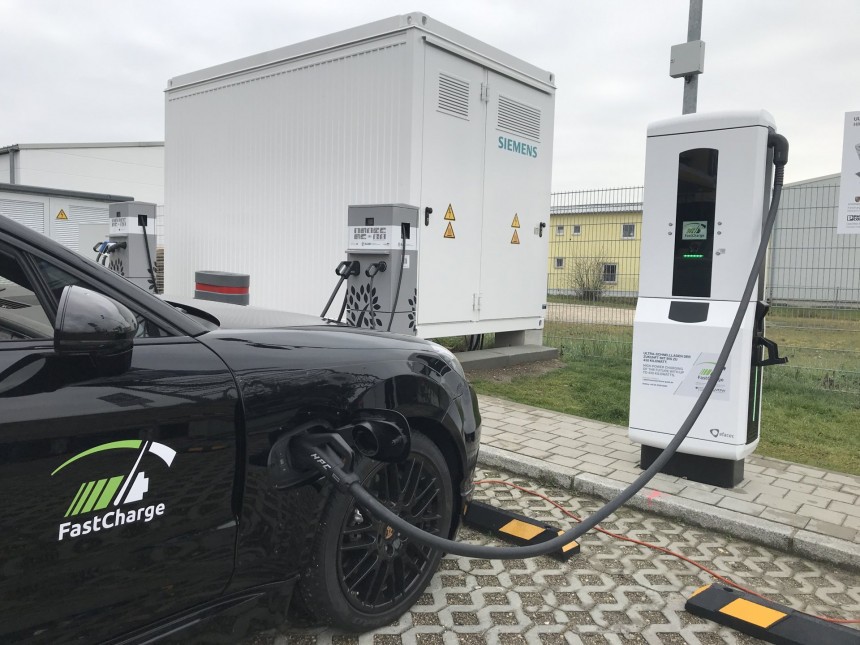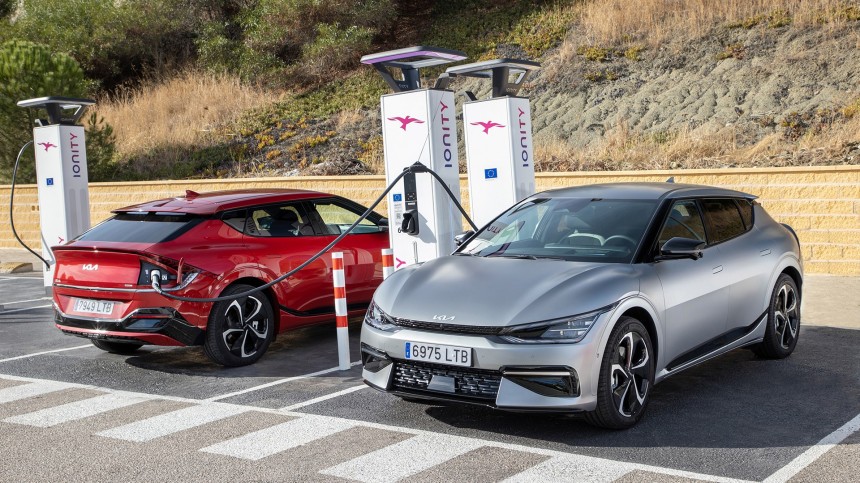Range anxiety can be tackled either by improving an EV’s range or by significantly cutting down the time needed to recharge the car. One of the best options to address both at the same time is to adopt an 800-volt architecture. Here’s why this step is so important.
Electric vehicles will take over the world, but before they do this, they need to convince a lot of people they are a viable alternative to ICE cars. One of the biggest issues is range anxiety and EV makers have offered several solutions to the problem. One of them is installing bigger batteries to improve the range, with all the downsides that derive from this. Among them are the high costs, but also the higher weight and the lower efficiency that comes with it.
Another way is to shorten the charging time, which will effectively allow an EV owner to spend less time at the charger. If this time is low enough, an EV could be charged pretty much the same way as an ICE is refueled, in a couple of minutes. This makes the range less important, as long as the density of fast DC charging stations is high enough to not worry about running out of battery. It turns out that most EV makers have chosen this path or a combination of both.
Reducing the charging time is considered the holy grail of EVs and scientists are scrambling to get there using different technologies. The perspective of having your EV topped up in the time it takes the driver to drink one coffee is enticing enough. Scientists have tried lowering the charging time by improving battery technology or by adopting quantum charging. These are still years in the making, so don’t expect an EV to benefit anytime soon.
Another way is by adopting a higher-voltage architecture. Most current electric vehicles, including all Tesla vehicles, use a 400-volt architecture, but the Porsche Taycan surprised everyone when it was launched with an 800-volt architecture. The Taycan did not impress with its range when it was launched, but the 800-volt system was optimized for fast charging and efficiency. It’s not by chance that the 800-volt system was adopted by a sports car manufacturer. Porsche took inspiration from its LMP-1 race car, which used the higher voltage architecture.
The switch to an 800-volt system allows for a big efficiency jump. Lucid already demonstrated that with the Air, which is currently the most efficient electric car ever made. Lucid uses a 924-volt system actually, and it’s one of the reasons the Lucid Air was able to achieve its 520-mile range. Having such a high voltage allows for supplying the same amount of power with a lower current, which means fewer losses to heat in the power system.
At the same time, lower current means that thinner wires can be used in the electric system and less copper in the electric motors, reducing weight even further. The higher voltage allows for a higher charging speed because the lower current reduces the overheating in the charging cables and associated hardware. The power loss increases exponentially with heat, so you see why this is a big deal. Lastly, faster-charging speeds allow for more efficient energy recovery during braking, so more of the lost energy goes back into the battery and less into the air as heat.
One of the barriers to a larger adoption rate for the 800-volt systems is the charging stations themselves. Only a handful of them offer 800-volt charging, most of them on Tritium, Ionity, and Electrify America networks. An 800-volt vehicle could still benefit from the higher efficiency of the system, it just won’t charge as fast when plugged into a 400-volt station.
Despite limited adoption at the moment, things will move fast from now on. Rivian and General Motors have indicated they will adopt the higher voltage architecture with the upcoming products. Volvo and Stellantis also will use the technology for future products. And most Chinese EV makers are on-board too, including XPeng, Nio, Li Auto, and BYD.
According to suppliers consulted by Automotive News, the adoption rate will increase fast. In 2025, the majority of applications coming into the market will use 800-volt technology. By the end of the decade, the higher voltage architectures will become dominant in the market.
Another way is to shorten the charging time, which will effectively allow an EV owner to spend less time at the charger. If this time is low enough, an EV could be charged pretty much the same way as an ICE is refueled, in a couple of minutes. This makes the range less important, as long as the density of fast DC charging stations is high enough to not worry about running out of battery. It turns out that most EV makers have chosen this path or a combination of both.
Reducing the charging time is considered the holy grail of EVs and scientists are scrambling to get there using different technologies. The perspective of having your EV topped up in the time it takes the driver to drink one coffee is enticing enough. Scientists have tried lowering the charging time by improving battery technology or by adopting quantum charging. These are still years in the making, so don’t expect an EV to benefit anytime soon.
The 800-volt architecture: what are the advantages?
Before we discuss the major benefits of using a higher voltage architecture, let’s talk about the 400-volt system that most EV makers still use today. This can be traced back to the time when hybrid vehicles like the Toyota Prius were the first mass-produced electrified vehicles. Their electric motors and batteries used the 400-volt system, so, naturally, the first electric vehicles adopted this system as well. The 400-volt system was also compatible with the existing electrical infrastructure.The switch to an 800-volt system allows for a big efficiency jump. Lucid already demonstrated that with the Air, which is currently the most efficient electric car ever made. Lucid uses a 924-volt system actually, and it’s one of the reasons the Lucid Air was able to achieve its 520-mile range. Having such a high voltage allows for supplying the same amount of power with a lower current, which means fewer losses to heat in the power system.
At the same time, lower current means that thinner wires can be used in the electric system and less copper in the electric motors, reducing weight even further. The higher voltage allows for a higher charging speed because the lower current reduces the overheating in the charging cables and associated hardware. The power loss increases exponentially with heat, so you see why this is a big deal. Lastly, faster-charging speeds allow for more efficient energy recovery during braking, so more of the lost energy goes back into the battery and less into the air as heat.
Why do so few EV makers use an 800-volt architecture today?
Currently, besides the Porsche Taycan and the other models built on the same platform, like the Audi e-tron GT, only the Lucid Air, Hyundai Ioniq 5, and the Kia EV6 use the 800-volt architecture. The Hyundai Group’s vehicles demonstrated how the higher voltage approach can be scaled down to more affordable models, without affecting the price. The Hyundai Ioniq 5 and Kia EV6 have great charging speeds and can add 68 miles of charge (108 km) in five minutes when connected to a fast 350-kW DC charger.Despite limited adoption at the moment, things will move fast from now on. Rivian and General Motors have indicated they will adopt the higher voltage architecture with the upcoming products. Volvo and Stellantis also will use the technology for future products. And most Chinese EV makers are on-board too, including XPeng, Nio, Li Auto, and BYD.
According to suppliers consulted by Automotive News, the adoption rate will increase fast. In 2025, the majority of applications coming into the market will use 800-volt technology. By the end of the decade, the higher voltage architectures will become dominant in the market.








